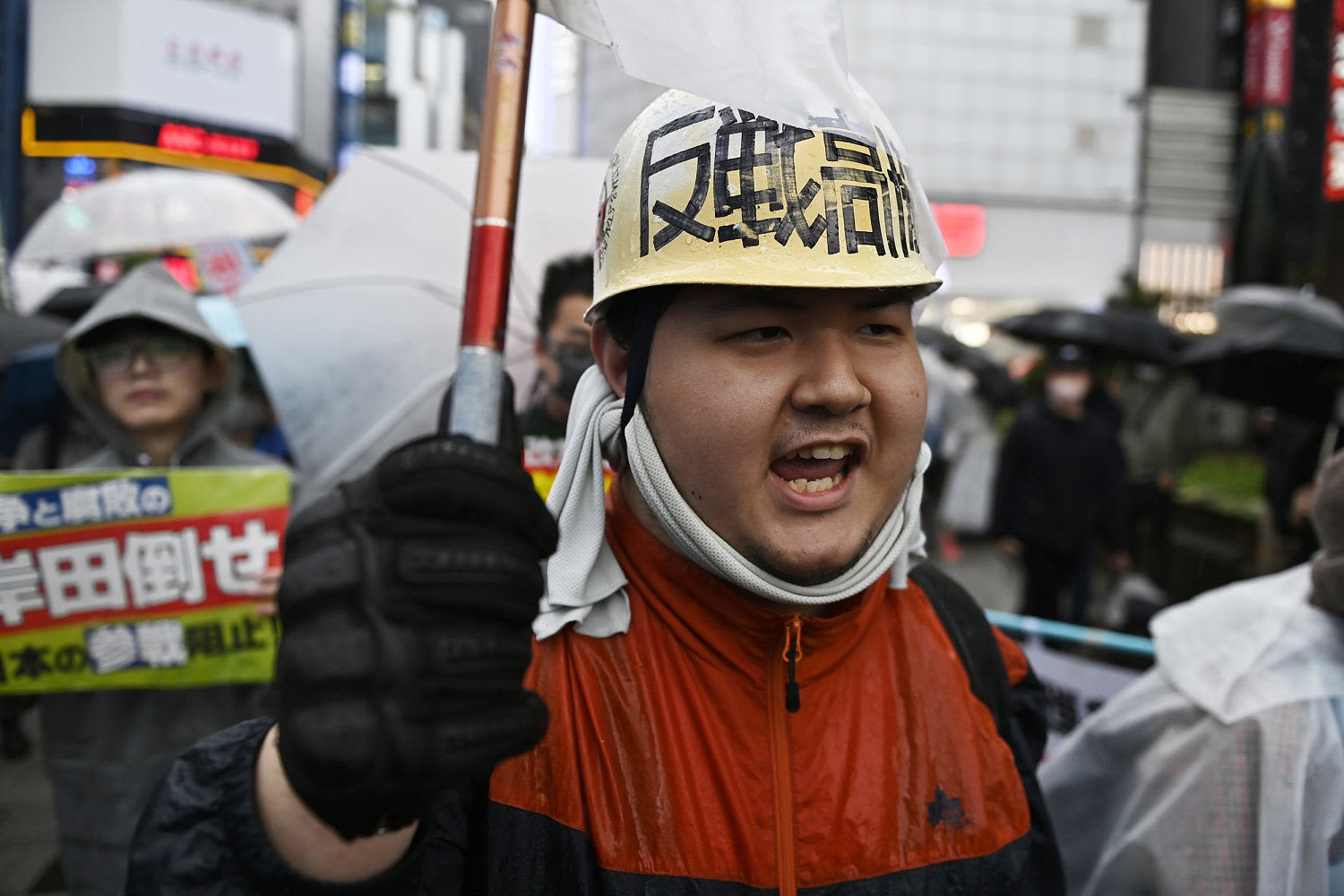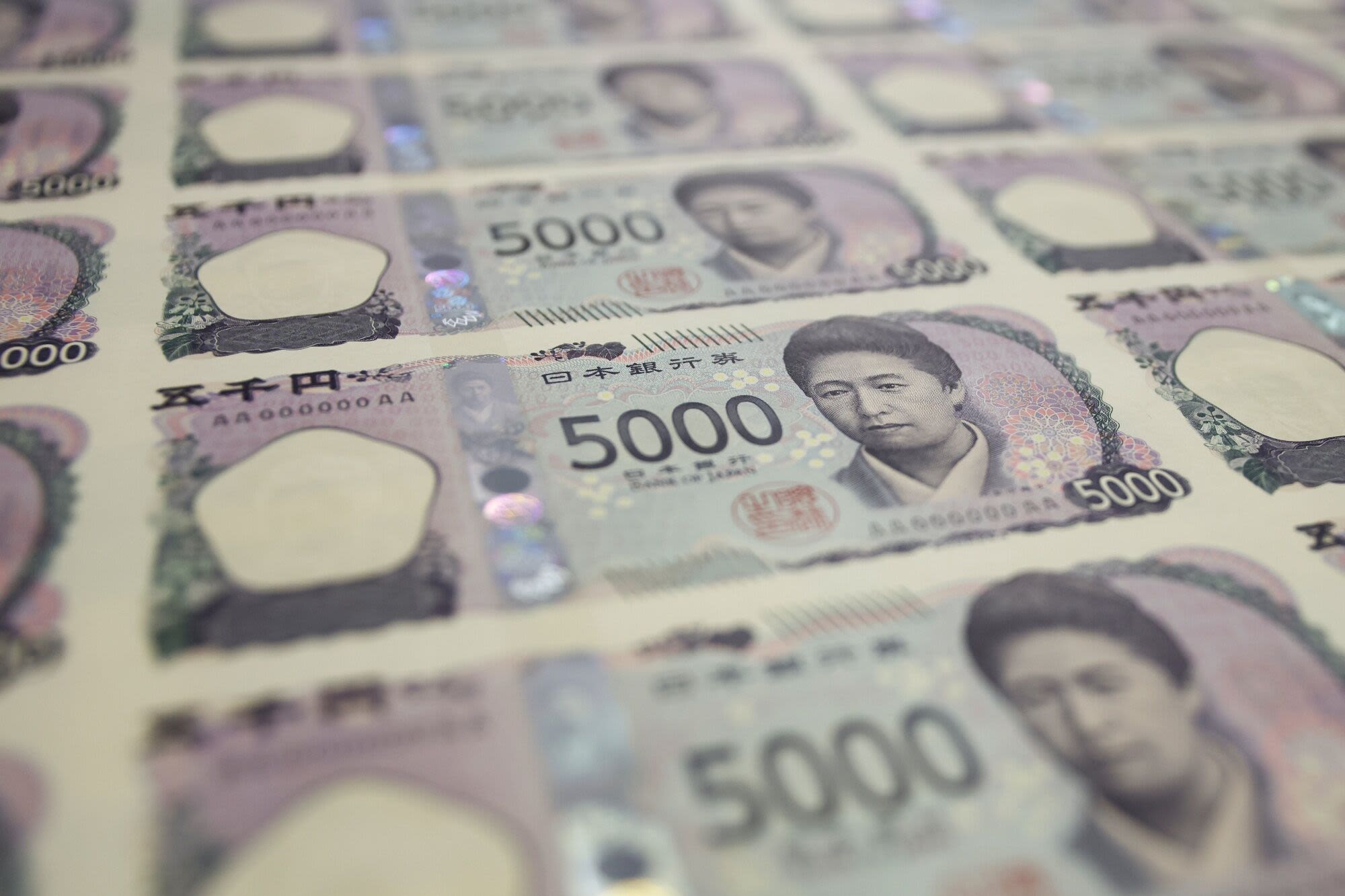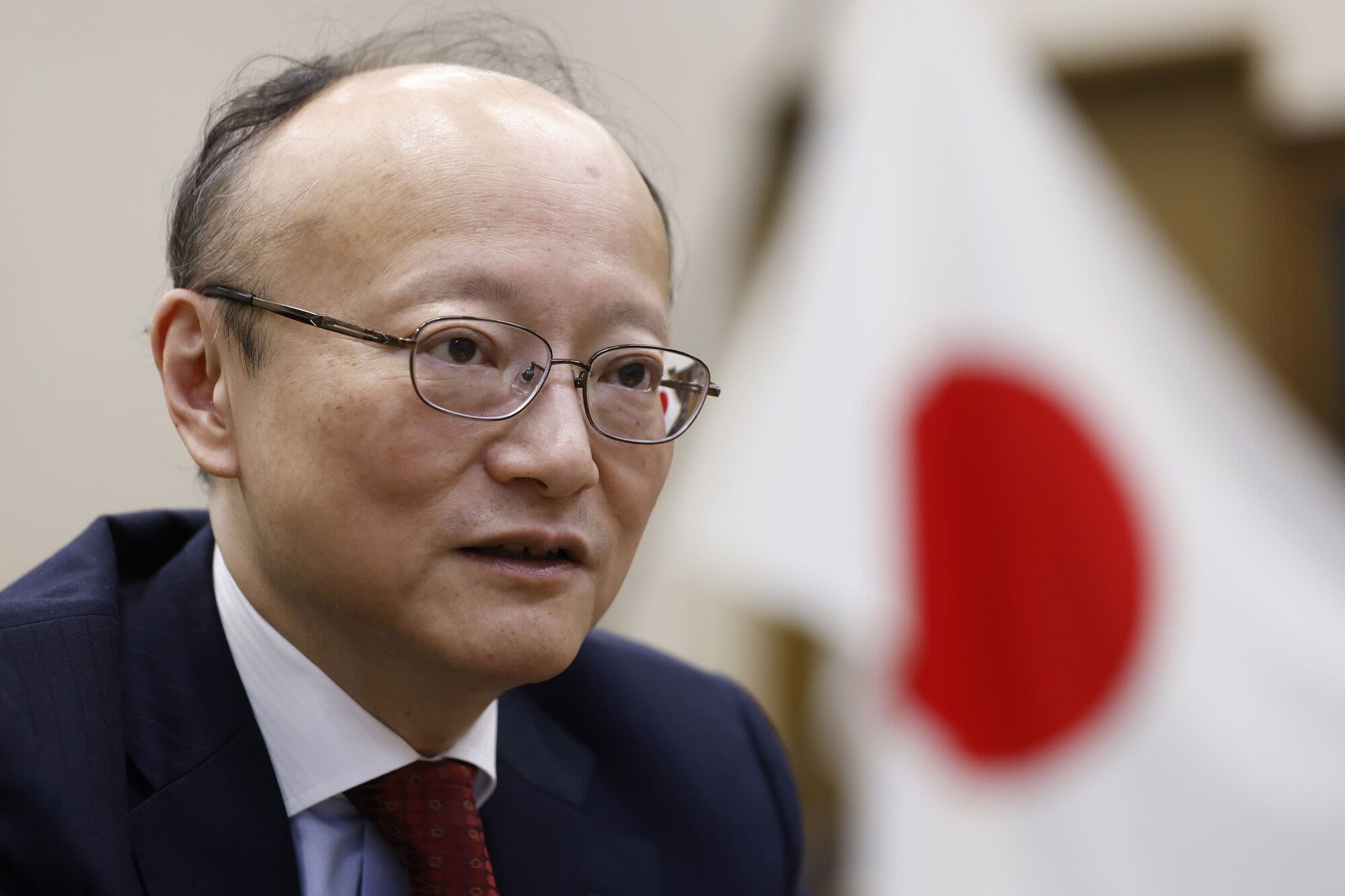Search results
Japan is a part of the Ring of Fire, and spans an archipelago of 14,125 islands, with the five main islands being Hokkaido, Honshu (the "mainland"), Shikoku, Kyushu, and Okinawa. Tokyo is the country's capital and largest city, followed by Yokohama, Osaka, Nagoya, Sapporo, Fukuoka, Kobe, and Kyoto .
- History of Japan
Contents. History of Japan. The first human inhabitants of...
- Religion in Japan
Shinto (神道, Shintō), also kami-no-michi, is the indigenous...
- Demographics of Japan
It has around 128 million speakers in total, primarily in...
- Flag
The national flag of Japan is a rectangular white banner...
- Japanese People
Japanese people (Japanese: 日本人, Hepburn: Nihonjin) are an...
- Prime Minister of Japan
The prime minister of Japan (Japanese: 内閣総理大臣, Hepburn:...
- Japanese Popular Culture
Japanese popular culture includes Japanese cinema, cuisine,...
- Territorial Disputes of Japan
The Senkaku Islands, also known as Diaoyu Islands in the...
- Japanese Cuisine
Osechi, new year special dishes. Japanese cuisine...
- Culture of Japan
Japan's indigenous culture originates primarily from the...
- History of Japan
News about Biden, Japan, xenophobia
News about Japan, yen, Nikkei
Also in the news
- History
- Geography
- Science and Technology
- Economy
- Society and Culture
- Cities, Regions and Territories
- Public Transportation
- Sports
- Related Pages
The first people in Japan were the Ainu people and other Jōmon people. They were closer related to Europeans or Mongols. They were later conquered and replaced by the Yayoi people (early Japanese and Ryukyuans). The Yayoi were an ancient ethnic group that migrated to the Japanese archipelago mainly from southeastern China during the Yayoi period (3...
Japan is a group of islands in the Western Pacific, off the coast of China. The four biggest islands are Honshu, Hokkaido, Shikoku, and Kyushu, and there are about 6,000 smaller islands there. Japan is separated from the Asian continent by the Sea of Japan and the East China Sea. Honshu, which means 'Mainland' in the Japanese language, is the bigge...
Japan has made many contributions to science and technology. The QR code, the camera phone, the CD player, and the VHSwere invented in Japan. Japan is a leader in the robotics industry: It is the world's largest maker of industrial robots.It has the 2nd most industrial robots behind China.
Japan has one of the strongest economies of any country. Its nominal gross domestic product (GDP) is the 3rd highest in the world. It has a very low unemployment rate and was the 4th-largest exporter and 4th-largest importerin 2021. Japan is known for its automotive industry: It is home to Toyota, the world's largest car company. Honda, Nissan, Suz...
Many things in Japanese culture originated in China, like Go and bonsai. Cherry blossom also known as Japanese cherry and Sakura is thought to be the national flower of Japan. Japan's traditional food is seafood, rice, miso soup, and vegetables. Noodles and tofu are also common. Sushi, a Japanese food made of cooked rice with vinegarwith other ingr...
The biggest cities in Japan are: 1. Tokyo(capital city) 2. Yokohama 3. Nagoya 4. Osaka 5. Kyoto 6. Kobe 7. Hiroshima 8. Fukuoka 9. Kitakyushu 10. Sendai 11. Sapporo 12. Nagasaki In Japan there are seven traditional regions: 1. Hokkaido 2. Tohoku 3. Kanto 4. Chubu 5. Kansai 6. Chugoku 7. Shikoku 8. Kyushu
There are several important international airports in Japan. Narita is the major international airport in the Tokyo area. Kansai International Airport serves as the main airport for Osaka, Kobe, and Kyoto. Chūbu Centrair International Airport near Nagoya is the newest of the three. Haneda Airportis close to central Tokyo and is the largest domestic...
Japan has many traditional sports such as sumo, judo, karate, kyudo, aikido, iaido and kendo. Also, there are sports which were imported from the West such as baseball, soccer, rugby, golf and skiing.Baseball is the most popular sport. Japan has taken part in the Olympic Gamessince 1912. It hosted the Olympic Games in 1964, 1972, 1998 and 2020. Fro...
People also ask
Where is Japan located?
What is the official name of Japan?
How many people speak Japanese?
Who is considered a native Japanese?
Contents. History of Japan. The first human inhabitants of the Japanese archipelago have been traced to the Paleolithic, around 38–39,000 years ago. [1] The Jōmon period, named after its cord-marked pottery, was followed by the Yayoi period in the first millennium BC when new inventions were introduced from Asia.
Japan's indigenous culture originates primarily from the Yayoi people who settled in Japan between 1000 BCE and 300 CE. Yayoi culture spread to the main island of Honshu, mixing with the native Jōmon culture. [5] Modern Japanese have an estimated 80% Yayoi and 20% Jōmon ancestry.
The first period of Japan's history is its prehistory, before the written history. Archeologists have found pottery from that time. Japan’s Paleolithic era covers a period from around 100,000 BC to around 12,000 BC. Archeologists have found some polished tools made of stones.
Japan is an island country in East Asia. It is in the northwest Pacific Ocean and is bordered on the west by the Sea of Japan, extending from the Sea of Okhotsk in the north toward the East China Sea, Philippine Sea, and Taiwan in the south. Japan is a part of the Ring of Fire, and spans an archipelago of 14,125 islands, with the five main islands being Hokkaido, Honshu, Shikoku, Kyushu, and ...
It has around 128 million speakers in total, primarily in Japan, the only country where it is the national language, and within the Japanese diaspora across the globe. The sex ratio in Japan in 2021 was 95.38 males per 100 females. There are 61.53 million males and 64.52 million females in Japan.





